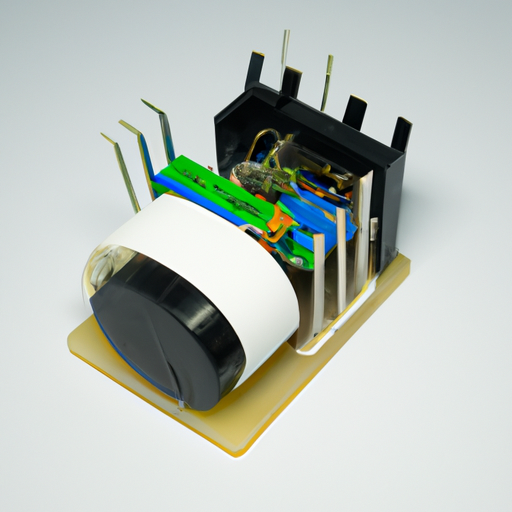Title: Understanding the Components and Modules of Solid State Relays

1. Input Circuit (200 words) The input circuit of an SSR is responsible for receiving the control signal and converting it into a suitable form for the output circuit. It typically consists of an optocoupler, a phototransistor, and a control circuit. The optocoupler isolates the input and output circuits, providing electrical isolation and protection against voltage spikes. The phototransistor detects the input signal and amplifies it, while the control circuit ensures proper signal conditioning and compatibility.
2. Output Circuit (200 words) The output circuit of an SSR is responsible for switching the load current. It typically comprises a power semiconductor device, such as a thyristor or a triac, and a snubber circuit. The power semiconductor device acts as a switch, allowing or blocking the flow of current to the load. The snubber circuit suppresses voltage spikes and transients that may occur during switching, ensuring a smooth and controlled operation.
3. Heat Sink (200 words) Heat dissipation is a critical aspect of SSRs due to the power semiconductor devices used in the output circuit. To prevent overheating and ensure reliable operation, SSRs incorporate a heat sink. The heat sink provides a large surface area for efficient heat transfer from the power semiconductor device to the surrounding environment. It is typically made of aluminum or copper, which have excellent thermal conductivity properties.
4. Control Logic (200 words) The control logic module in an SSR is responsible for monitoring the input signal and controlling the output circuit accordingly. It includes a microcontroller or a digital signal processor (DSP) that processes the input signal and generates the necessary control signals for the power semiconductor device. The control logic module also incorporates protection features such as overcurrent and overvoltage protection, ensuring the safe operation of the SSR.
5. Optoisolator (200 words) The optoisolator, also known as the optocoupler, is a crucial component in SSRs that provides electrical isolation between the input and output circuits. It consists of an LED and a phototransistor or a photodiode. When the input signal is applied, the LED emits light, which is detected by the phototransistor or photodiode, generating an output signal. This isolation protects sensitive control circuits from high voltages, noise, and voltage spikes, enhancing the reliability and safety of the SSR.
6. Control Input (200 words) The control input module of an SSR is responsible for receiving the control signal from the external control circuitry. It typically consists of a terminal block or a connector that allows easy connection of the control signal. The control input module may also include additional features such as LED indicators to provide visual feedback on the status of the SSR.
Conclusion (100 words) Solid state relays are versatile electronic switching devices that offer numerous advantages over traditional electromechanical relays. Understanding the internal components and modules of SSRs is crucial for comprehending their functionality and benefits. This article has provided an in-depth overview of the key components found in solid state relays, including the input circuit, output circuit, heat sink, control logic, optoisolator, and control input. By grasping the intricacies of these components, engineers and enthusiasts can make informed decisions when selecting and utilizing SSRs in various applications.